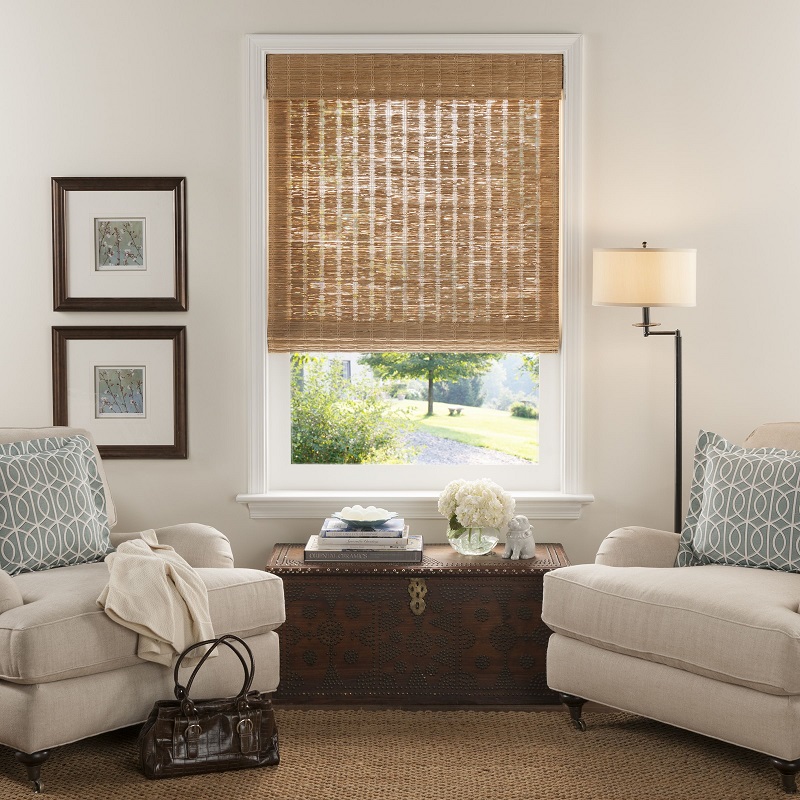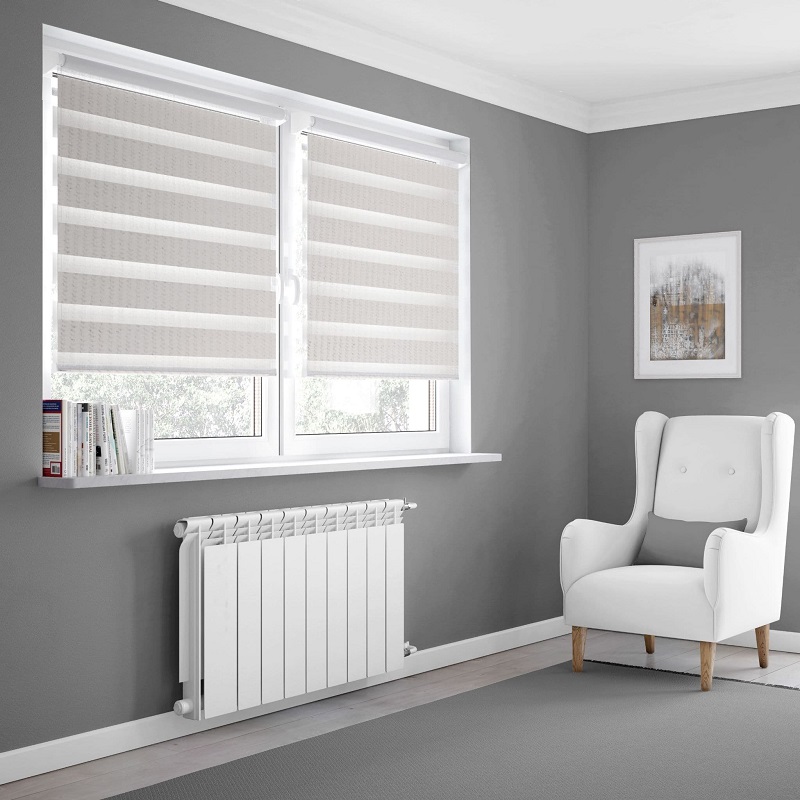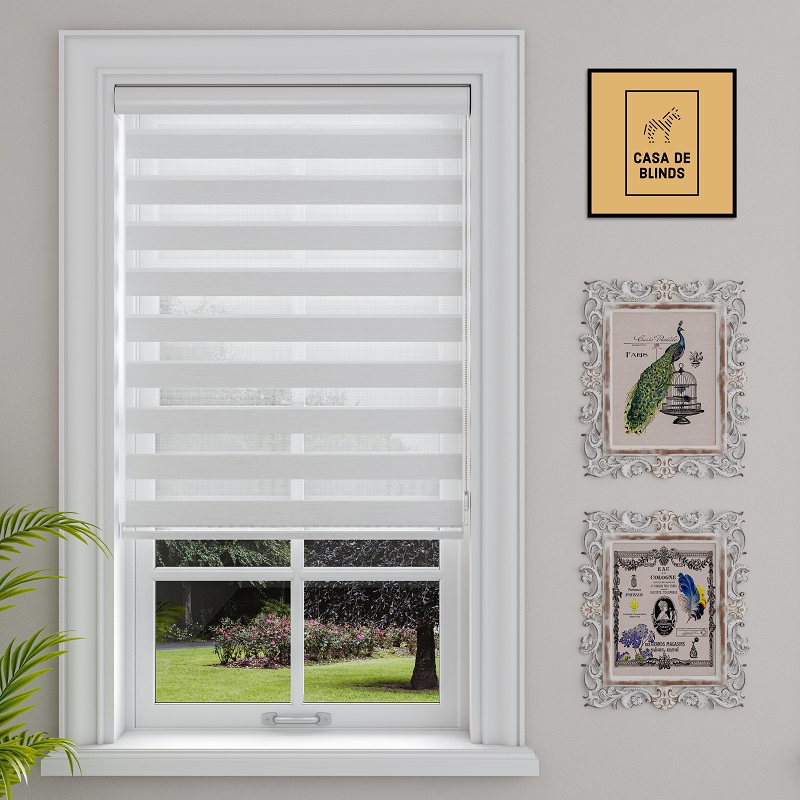Blinds are a common feature in many homes and offices, providing privacy, controlling light, and enhancing décor. However, like any other household fixture, blinds can experience issues over time. Fortunately, many of these problems can be fixed easily with some basic tools and a bit of know-how. This guide will walk you through common blind issues and how to repair them yourself, helping you save money and maintain the functionality and appearance of your blinds.
Understanding Common Blind Issues
Identifying Problems
Before diving into repairs, it’s important to identify the issues affecting your blinds. Common problems include stuck or unresponsive blinds, broken or missing slats, and damaged cords or mechanisms. Understanding these issues will help you determine the appropriate repair method and the tools required.
Causes of Blind Problems
Blinds can encounter problems due to various reasons such as wear and tear, accidental damage, or poor maintenance. For instance, cords may become frayed from frequent use, or slats may break due to impacts or excessive bending. Regular inspection and maintenance can help in early detection and prevention of such issues.

Fixing Stuck or Unresponsive Blinds
Troubleshooting Stuck Blinds
Stuck blinds are a common issue and can often be resolved by checking the internal mechanisms. Start by gently pulling the blinds up and down to see if they move. If they’re stuck, the problem might be due to tangled cords or debris in the mechanism. Inspect the blinds carefully and remove any visible obstructions.
Repairing Internal Mechanisms
If the blinds remain stuck after removing debris, the internal mechanism might be faulty. In such cases, disassemble the blind’s headrail by unscrewing it from the mounting brackets. Clean any dust or dirt from the gears and check for any broken parts. Lubricate the moving parts with a small amount of silicone spray to restore smooth operation. Reassemble the headrail and test the blinds.
Replacing Broken or Missing Slats
Assessing Damage
Broken or missing slats can disrupt the appearance and functionality of your blinds. Begin by inspecting the blinds to determine the extent of the damage. If only a few slats are broken, you can often replace them individually. Measure the size of the damaged slats to ensure you get the correct replacements.
Replacing Slats
To replace broken slats, first remove the blinds from the window. Slide the damaged slats out of the blind’s ladder strings and replace them with new ones. Ensure that the new slats are aligned properly and fit securely. Reinstall the blinds and test them to make sure the new slats function correctly. If your blinds are made of a material that’s difficult to match, consider visiting a specialty store or contacting the manufacturer for replacement parts.
Repairing Damaged Cords
Diagnosing Cord Issues
Damaged cords can prevent blinds from operating properly and can be a safety hazard. Common issues include fraying, tangling, or snapping. Examine the cords for any signs of wear or damage. If you notice fraying or tangling, you may be able to repair the cord or replace it if necessary.
Replacing or Repairing Cords
To replace a damaged cord, start by removing the blinds from the window. Disassemble the headrail to access the cord mechanism. Remove the old cord and thread the new cord through the appropriate channels, following the manufacturer’s instructions. For minor repairs, such as retying frayed ends, you can use a cord repair kit or tie a secure knot to prevent further damage. Reassemble the blinds and ensure that the new or repaired cord functions properly.

Fixing Tilt Mechanisms
Understanding Tilt Mechanisms
Tilt mechanisms control the angle of the blind slats, allowing you to adjust the amount of light entering the room. Problems with tilt mechanisms can result in uneven slat positioning or complete failure to tilt. Start by inspecting the tilt wand or rod for any visible issues.
Repairing Tilt Mechanisms
If the tilt mechanism isn’t working correctly, it may be due to a misaligned or broken component. Disassemble the headrail to access the tilt mechanism. Check for any loose or damaged parts and tighten or replace them as needed. Lubricate any moving parts to ensure smooth operation. If the mechanism is beyond repair, you may need to replace it entirely. Reassemble the blinds and test the tilt functionality to ensure it operates smoothly.
Fixing Broken Headrails
Diagnosing Headrail Issues
The headrail is the top part of the blinds that houses the mechanism and supports the slats. Broken or damaged headrails can affect the overall functionality of the blinds. Inspect the headrail for any cracks, bends, or other damage.
Repairing or Replacing Headrails
If the headrail crack or bent, you might be able to repair it with adhesive or by bending it back into shape. For severe damage, replacing the headrail may be necessary. Disassemble the blinds to remove the old headrail and install a new one. Ensure that the new headrail matches the size and style of the original. Reassemble the blinds and test their functionality to confirm that the repair was successful.
Maintaining Your Blinds
Regular Cleaning and Maintenance
Proper maintenance can prevent many common blind issues and extend the lifespan of your blinds. Regularly dust and clean the blinds to remove dirt and debris that can cause wear and tear. Use a soft cloth or vacuum with a brush attachment to clean the slats and headrail. For deeper cleaning, follow the manufacturer’s recommendations, which may include using mild soap and water.
Preventive Measures
To avoid damage and prolong the life of your blinds, handle them gently and avoid using excessive force when operating them. Check for and address any minor issues promptly to prevent them from becoming more serious problems. Regularly inspect the cords, slats, and mechanisms for signs of wear and take action as needed.

Troubleshooting Common Issues with Different Blind Types
Vertical Blinds
Vertical blinds can develop specific issues such as misaligned vanes or problems with the chain mechanism. If the vanes are not closing properly, check for obstructions or ensure that the chain is not tangled. To realign vanes, gently adjust them by hand or refer to the manufacturer’s guide for specific instructions.
Roller Blinds
Roller blinds might have issues with the rolling mechanism or fabric alignment. If the fabric is not rolling evenly, it could be due to a misaligned roller or a tangled cord. Inspect the roller tube for any obstructions and ensure the fabric is properly aligned. If the mechanism is damaged, you may need to replace the entire roller assembly.
Conclusion: DIY Blinds Repair
Benefits of DIY Repair
Repairing blinds yourself can save you money and give you a sense of accomplishment. By understanding common issues and learning how to fix them, you can maintain the functionality and appearance of your blinds without the need for professional help. DIY repairs also allow you to address problems promptly, preventing further damage and extending the life of your blinds.
When to Seek Professional Help
While many blind repairs can handle on your own, some issues may require professional assistance. If you encounter complex problems, such as extensive damage or difficulties with repair, consulting a professional can ensure that the repairs are done correctly. Additionally, if your blinds are under warranty, check with the manufacturer before attempting any repairs, as DIY fixes might void the warranty.
By following this guide and applying these repair techniques, you can keep your blinds in top condition and enjoy their functionality and style for years to come.









